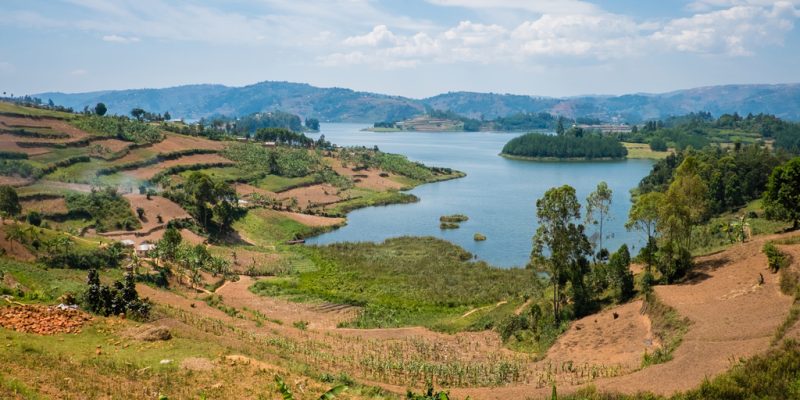The country’s protected area estate has increased from 3.9% in 2017 to 4.26% in 2018. Eswatini’s protected area estate is comprised of very small and vulnerable protected areas poorly distributed across ecosystems. There is, therefore, a need to expand the protected area estate, while strengthening protected area management competencies. This in turn will require the participation of a broad range of stakeholders, including private landholders, local communities and the tourism industry.
Transboundary protected and conserved areas
Eswatini includes part of the Lubombo transboundary conservation area.
Policy context
A comprehensive report on legislation and policy related to protected area management, governance, and equity was undertaken by the BIOPAMA programme. It identified 10 relevant laws and policies in Eswatini (Tessema, 2019).
Key species
For a small country, Eswatini has a rich floral and faunal diversity. Of the over 3,500 plant species that have been recorded, 12 are endemic. 89 species of vertebrates and 305 species of plants are listed in National Red Lists. 813 species of vertebrates have been recorded, with just one endemic, the major rock gecko (Afroedura major).
Pressures and threats
The main pressures behind the country’s changing biodiversity include habitat loss and habitat change for increasing agriculture and for urbanisation and settlements, as well as wildfires, and invasive species. 80% of Eswatini is infested with at least one invasive plant species. Unsustainable harvesting of plant and animal species for medicinal purposes is a major threat to many species. Likewise, unsustainable harvesting of trees for charcoal production has had a major impact on habitat for many bird and mammal species.
Climate change is an emerging pressure in Eswatini, likely to disrupt natural ecosystems across Eswatini. Indirect threats include economic, demographic, social-political, and cultural pressures. With over 40% of the population below the age of 25, it is anticipated that the population will double in the near future.

 Protected Areas
Protected Areas

.jpg)



